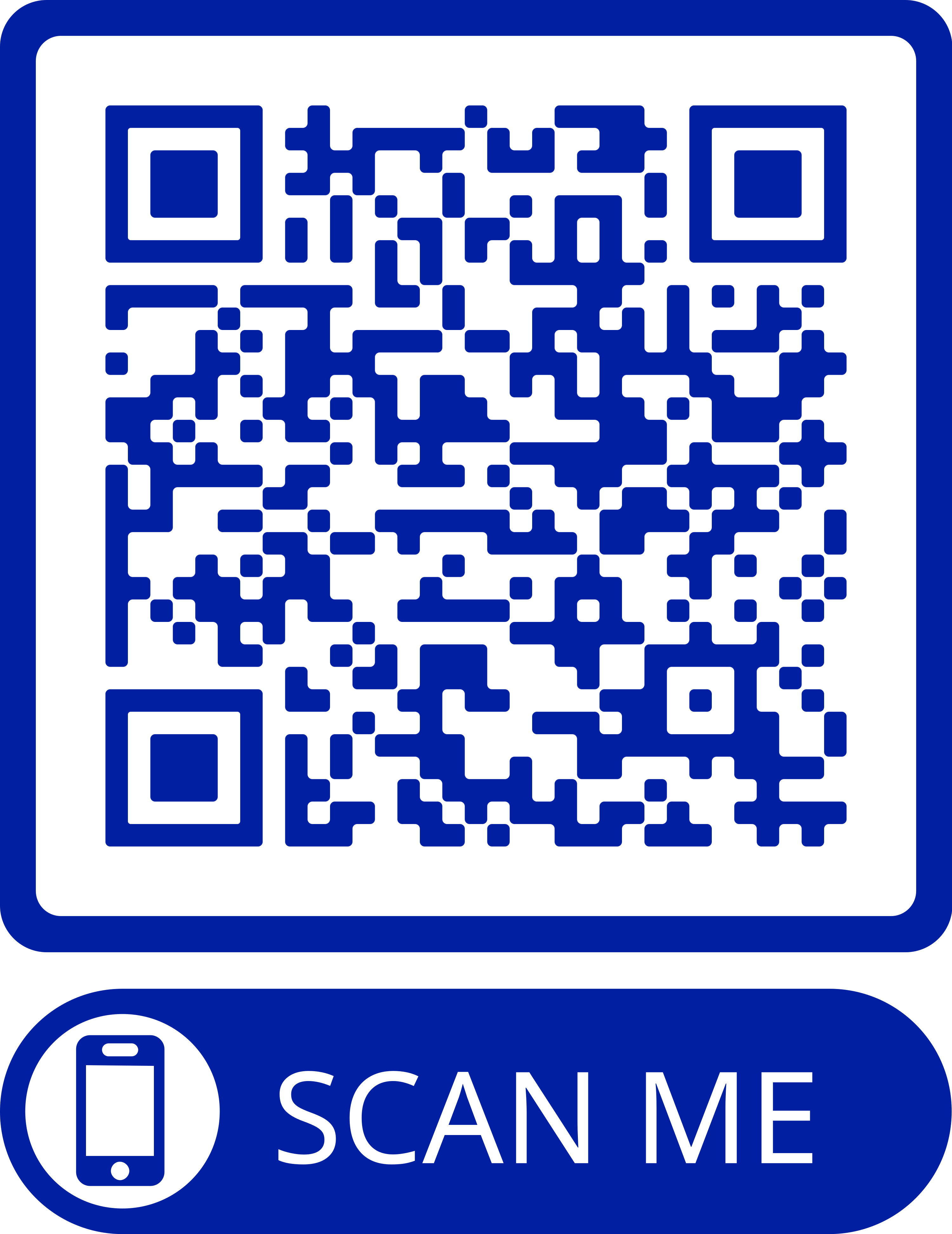- Reference Number: HEY1196/2020
- Departments: Emergency Department, Paediatrics
- Last Updated: 31 December 2020
Introduction
This leaflet has been produced to give you general information about your child’s condition. Most of your questions should have been answered by this leaflet. It is not intended to replace the conversation between you and your child’s doctor but may act as a starting point for discussion. If after reading it you have any concerns or require further explanation, please discuss this with a member of the healthcare team caring for your child.
What causes nosebleeds?
Nosebleeds are common in children. They are usually stop by themselves and do not require any treatment other than basic first aid. They happen when a fragile blood vessel in the nose breaks due to causes such as:
- Infection
- Allergies
- Trauma
- Picking nose
- Rare causes such as bleeding disorders
What can I do if my child has a nosebleed?
- If they are not feeling faint, sit them up and lean their head forwards
- Apply firm pressure to the soft, fleshy part of the nose for 15 minutes
- Once the nosebleed stops, make sure they do not blow or pick at their nose or remove any clots as this may bring on a further nosebleed
- Go to Emergency Department if the nosebleed does not stop after 15 minutes of firm pressure
- Sucking on an ice cube or ice lolly can also help to slow the bleeding
What treatments can be given for ongoing nosebleeds?
If the nosebleed has not settled after 15 minutes of continuous direct pressure, your child will need to be examined by a doctor. This may include looking up their nose to identify any areas of bleeding, involving the Ear, Nose and Throat (ENT) team and stopping bleeding by cauterisation – burning the blood vessel to stop bleeding (usually done under local anaesthetic).
If the bleeding has been significant or your child is complaining of feeling faint they may need to do some blood tests or admit them for observation. Blood tests may also be done if your child has had repeated nose bleeds, bleeding from other areas (e.g. gums when brushing teeth) or any abnormal bruising. In most cases this is not required.
After being seen your child may be discharged home with antiseptic ointment or advised to use petroleum jelly to keep the nasal passages moist and lubricated for the next few days. You should apply a small amount just inside the nostril, to the middle dividing wall (the septum) of the nose, 3 – 4 times a day. Discourage your child from blowing or picking their nose after a nosebleed.
Seek medical advice if:
- The bleeding is severe and continues after 15 minutes of firm pressure
- Consult your doctor if your child gets recurrent nosebleeds that are limited to 15 minutes or less
Should you require further advice please contact NHS 111
General Advice and Consent
Most of your questions should have been answered by this leaflet, but remember that this is only a starting point for discussion with the healthcare team.
Consent to treatment
Before any doctor, nurse or therapist examines or treats your child, they must seek your consent or permission. In order to make a decision, you need to have information from health professionals about the treatment or investigation which is being offered to your child. You should always ask them more questions if you do not understand or if you want more information.
The information you receive should be about your child’s condition, the alternatives available for your child, and whether it carries risks as well as the benefits. What is important is that your consent is genuine or valid. That means:
- you must be able to give your consent
- you must be given enough information to enable you to make a decision
- you must be acting under your own free will and not under the strong influence of another person
Information about your child
We collect and use your child’s information to provide your child with care and treatment. As part of your child’s care, information about your child will be shared between members of a healthcare team, some of whom you may not meet. Your child’s information may also be used to help train staff, to check the quality of our care, to manage and plan the health service, and to help with research. Wherever possible we use anonymous data.
We may pass on relevant information to other health organisations that provide your child with care. All information is treated as strictly confidential and is not given to anyone who does not need it. If you have any concerns please ask your child’s doctor, or the person caring for your child.
Under the General Data Protection Regulation and the Data Protection Act 2018 we are responsible for maintaining the confidentiality of any information we hold about your child. For further information visit the following page: Confidential Information about You.
If you need information about your child’s (or a child you care for) health and wellbeing and their care and treatment in a different format, such as large print, braille or audio, due to disability, impairment or sensory loss, please advise a member of staff and this can be arranged.

